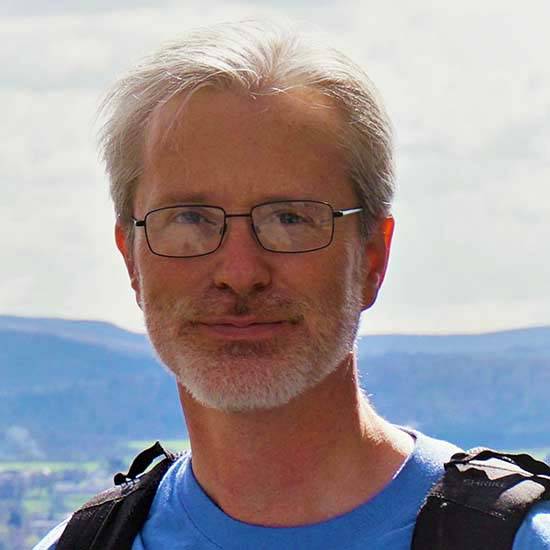Using the ITEX-AON network to document and understand terrestrial ecosystem change in the Arctic
The International Tundra Experiment (ITEX) – Arctic Observatory Network (AON) is a network of researchers examining the drivers of ecosystem change across Arctic landscapes. Bob and Katrina collaborated to develop educational resources related to this project. The unit is designed for middle school science classes asking students to analyze, interpret, and explore vegetation data. It also challenges students to represent their data artistically.
Learn more about the International Tundra Experiment (ITEX) – Arctic Observatory Network (AON).
Resources:
Participants Involved in This Project
© Polar STEAM. All Rights Reserved.



